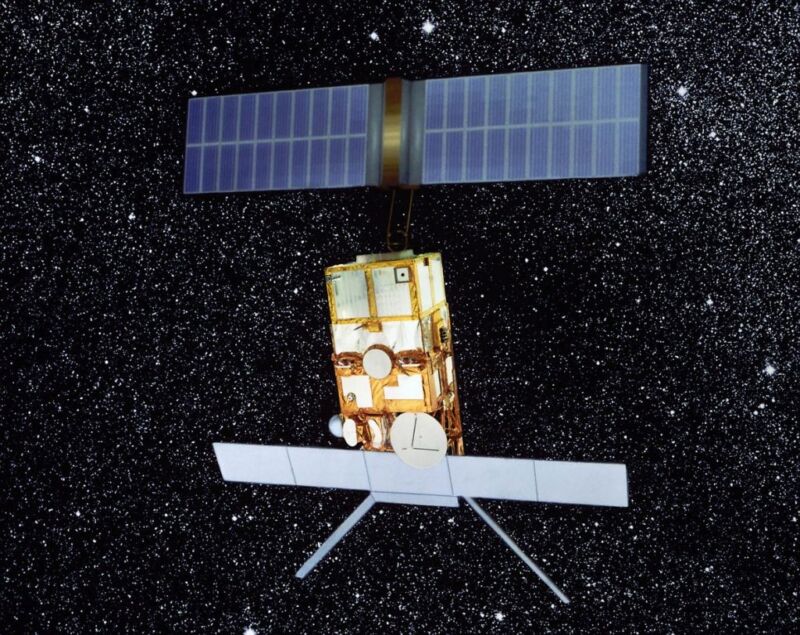Nearly three decades ago, the European Space Agency launched its largest and most sophisticated Earth observation satellite to date, the European Remote Sensing 2 satellite, on an Ariane 4 rocket. The spacecraft functioned well for more than 15 years before the space agency decided it was reaching the end of its operational lifetime.
Over the course of a number of maneuvers, operators lowered the satellite's altitude from 785 km (488 miles) to 573 km (356 miles) during the year 2011, allowing it to eventually be dragged into Earth's atmosphere for disposal. As part of this process, the satellite's propellant tanks were drained. This was to minimize the risk of a catastrophic explosion that could have generated a large amount of space debris, the agency said.
Now, more than a dozen years later, the European Remote Sensing 2 satellite is due to re-enter Earth's atmosphere this week. The problem is that the satellite will make an uncontrolled reentry, so European operators don't know where it will land. The trade-off for draining propellant more than a decade ago is that there is no fuel to ensure the satellite falls into a remote patch of ocean.
Rather, there is a very, very tiny chance it could fall on someone's head. Because it is such a big satellite, fragments as large as 52 kg (115 pounds) could reach the surface.
When it’s coming
To its credit, the European Space Agency has been perfectly transparent about all of this. It has even set up a page that provides daily tracking updates on the satellite's deteriorating orbit.
As of today, Monday, February 19, the space agency estimates the reentry will take place at 5:14 am CT (11:14 UTC) on Wednesday, February 21. The prediction has an accuracy of within 15 hours. Much of the uncertainty is due to solar activity, which affects the density of the upper atmosphere that is slowly dragging the satellite down.
It's likely that the satellite will start to break up into fragments at about 80 km (50 miles) above the surface.
Should we be concerned?
Not really. This is a big satellite to be sure, with a current mass of about 2.3 metric tons. But none of these materials are toxic, and most likely the bits of satellite that don't burn up will fall into the ocean.
To be fair, the risk is non-zero. But it is quite low. Such large objects re-enter Earth's atmosphere every month, if not more frequently. No human has ever been killed by a piece of falling space debris. Based on some recent estimates, you're about 65,000 times more likely to be struck by lightning than a piece of falling space debris. So it's probably safe to venture outside on Wednesday.
The European Space Agency is being so transparent about the European Remote Sensing 2 satellite because it is working to become a global leader in space sustainability and the reduction of orbital debris. This is part of a campaign to be more responsible stewards of low-Earth orbit and the planet's atmosphere.



3175x175(CURRENT).thumb.jpg.b05acc060982b36f5891ba728e6d953c.jpg)
Recommended Comments
There are no comments to display.
Join the conversation
You can post now and register later. If you have an account, sign in now to post with your account.
Note: Your post will require moderator approval before it will be visible.